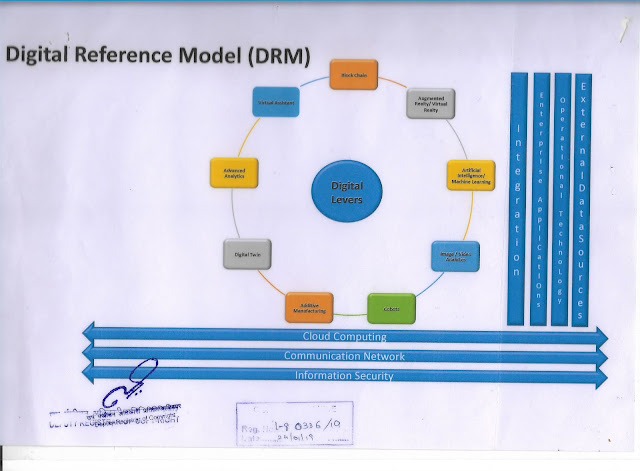Beyond Generative AI : Rise & Risk of Co-Intelligence (CI)
Credit: ProStockStudio / Shutterstock.com © 2019 / er.educause.edu Generative AI : In recent past the most widely searched terminology over internet is "Generative AI" (GAI). With LLM (Large Language Models) based solutions coming to exposure, every individual got interested, as one can directly converse with an AI engine and get human like responses. Easy accessibility for general public to interact and test out an AI engine made it popular. However, today "Generative AI" is the most non-optimally used terminology (purposefully not saying "mis-used") in general. With Generative AI (GAI) coming in, we should not undermine the capabilities of erstwhile AI as Generative AI cannot replace many of those purpose specific AI (Narrow AI) solutions. Generative AI (GAI) is specific to solutions which require content generation as conversation, speech, code generation, image description or creation of image from description and many such use cases. Since GAI is a


